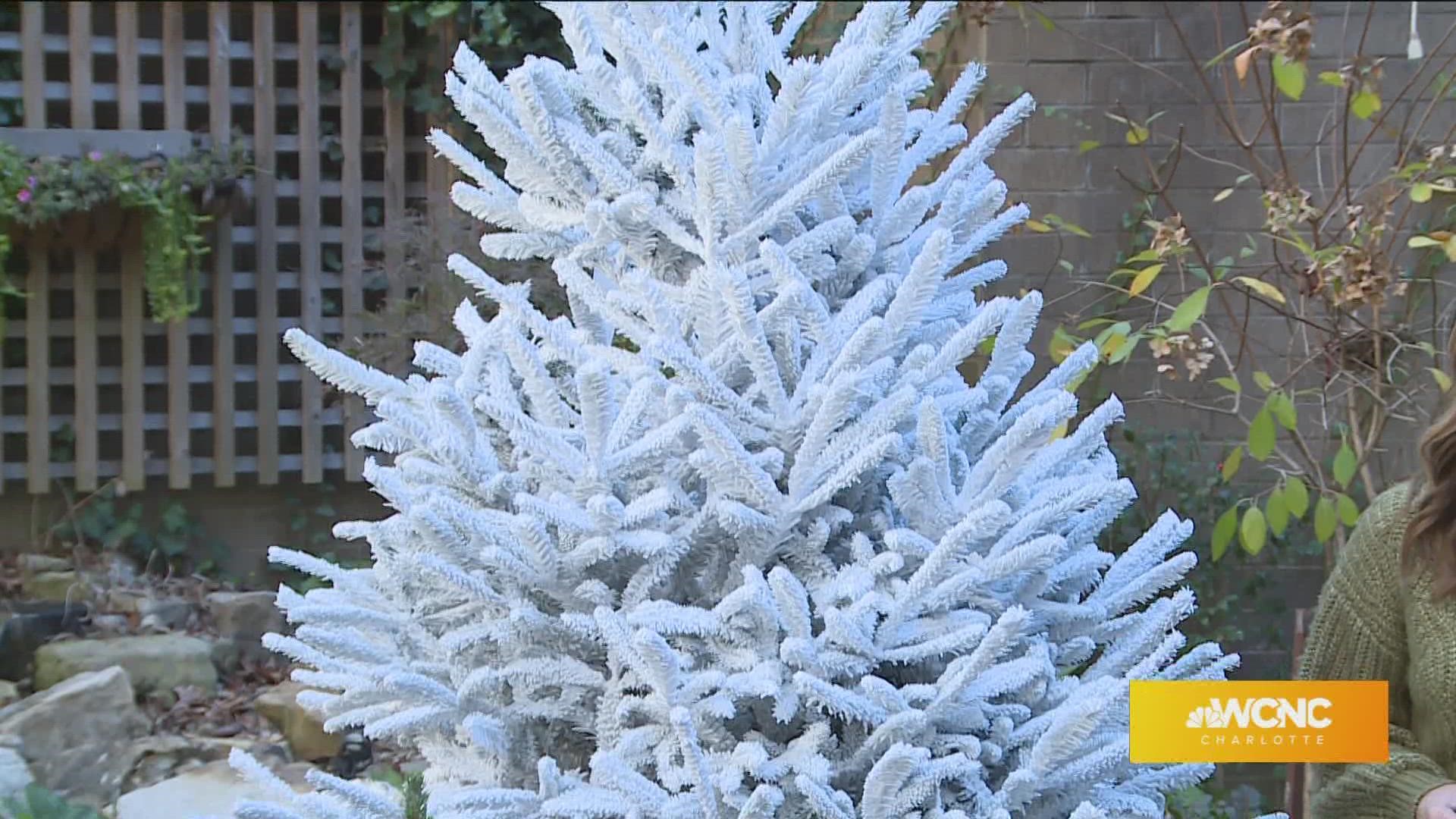CHARLOTTE, N.C. — Sponsored by:
The products and services featured appear as paid advertising.
Next week is Thanksgiving, and then Christmas will be here before we know it! Jordan Seals from Pike Nurseries is here with some tips on how to choose the best, freshest Christmas tree.
Pike Nurseries trees are the freshest and most fragrant available. They are grown in the snowy elevations of Washington, cut to order and lifted out by helicopter. They are then graded (Pike sells only Premium Grade #1), and placed on cooled trucks and delivered to our stores within just a few days of harvesting. Upon arrival, we re-cut them and immediately stand them in water prior to delivery at your home.
Here are some things to look for when choosing a tree:
Test the branches! Crush the needles in your hand and then check the scent. It should be a fresh scent. Run your fingers along the needles they should not drop off. Make sure the tree doesn’t have gaps, it should be uniform. The branches should be very flexible. Be on the lookout for brown spots it shows that the tree is drying out. The color should be a nice rich uniform green throughout the tree. Choose a tree that is in the shade. Shaded trees are protected from the elements. Cut trees dry out fast so make sure you have plenty of water, hydration is extremely important.
Here are a few of our trees:
The Fraser Fir is the most popular of all the tree choices. It has deep, rich green needles that are ½ inch to an inch long. It has a pyramidal shape and lovely scent. This tree is for the traditionalists: If your number one requirement in a Christmas tree is that classic Christmas tree smell, then this is the tree for you.
The Nordman Fir has been a favorite in Europe for many years and is the most commonly grown Christmas tree in Germany and Norway. Nordmann Fir have symmetrically arranged strong branches with short, dark and shiny green needles that are soft and lay flat. They have very little fragrance. This tree is the best Christmas tree for anyone with allergies. It also sheds the fewest, if any, needles.
The Noble Fir, grown in the Pacific Northwest, has needles that curve upward on sturdy branches, making it the perfect tree hold large heavy ornaments
For more information visit Pikenursery.com

